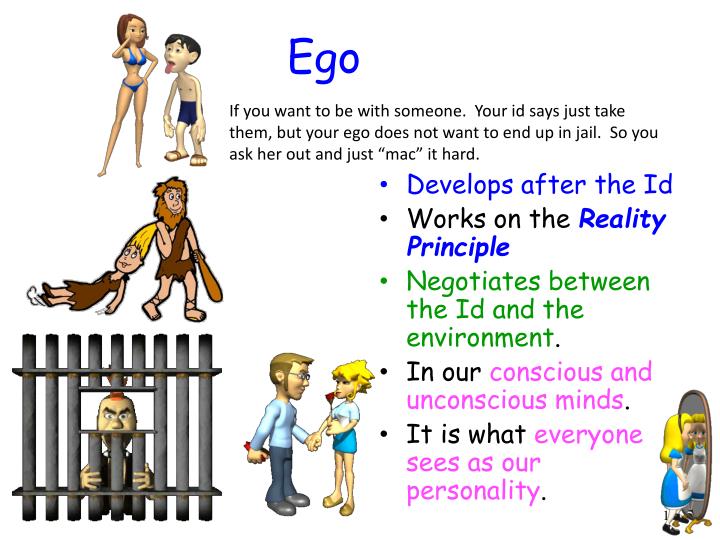

In contrast, dramaturgy shows this as the contradiction between two roles, when you put on two masks at the same time. Hence, psychoanalysis may not be the clearest lens to use to evaluate human behavior, especially in this situation. As shown in this example, the existence of innate human goodness in psychoanalytic theory is not clearly depicted. Or perhaps love is learned and thus is part of the superego, hence the person would feel miserable killing others. The id in psychoanalytic theory accounts for all that seems evil and distasteful, but it does not explain the instinctive love for others and the natural thinking that everyone’s life is precious. Let us assume that there is a soldier told to kill others, but he does not follow through because he knows that killing is wrong and would feel awful if he followed orders. For instance, dramaturgy might be slightly more useful than psychoanalytic theory when explaining human compassion. In different scenarios, one approach might be more valuable than the other in explaining human interactions. Hence, the two theories differ in the conclusion they draw for what incites human behavior. The ego exists at the conscious level and mediates between both id and superego using the reality principle, constructing the best, most realistic outcome to satisfy the id which the person then acts on. The superego exists in both our unconscious and conscious, is our moral compass, and informs us of the socially ideal interactions we are to execute.

The id, which exists at an unconscious level and is unchanging with time or experience, is responsible for instinctive, primitive, sexual, and aggressive urges within a person and operates on the pleasure principle, which is to do anything to obtain instant satisfaction (McLeod, 2016). Meanwhile, psychoanalysis suggests the existence of the id, the ego, and the superego, which interact to determine our final behavior. As a result, our behavior constantly fluctuates.

Every time we interact with a different group of people, we put on a different mask, the expectations of us change, and our script which determines our behavior changes. In dramaturgy, life is compartmentalized into separate groups of people, such as family, classmates, and colleagues. Goffman states that our behavior is a result of the everchanging masks we must put on, while Freud proposes that all human behavior stems from a single constant source, our consciousness. Nevertheless, both theories differ in their concept of the initial stimulus which causes human behavior. In psychoanalytic theory, ego consciously weighs the desires of the id and superego, both of which are in the unconscious, to construct the final behavior of the person. In dramaturgy, human behavior is a performance on the front stage and the preparations made for the performance occur backstage. On the other hand, the dramaturgical approach likens human interaction to a theatrical stage, where humans are all actors and put on different masks to play different roles throughout their lives.īoth theories highlight that there is a distinction between outward behavior and inward workings which leads us to conclude how we should act. It also notably suggests that our personality consists of the id, ego, and superego, all of which exist at different levels of consciousness. The iceberg is conventionally used to visualize the different levels of consciousness in our personality in psychoanalysis, and the psychoanalytic approach to understanding the nature of human interaction reveals that our past experiences shape how we act in the present. What do an iceberg and a theatrical stage have in common? Well, nothing much actually, except that they both give valuable insights on the theories of human action.


 0 kommentar(er)
0 kommentar(er)
